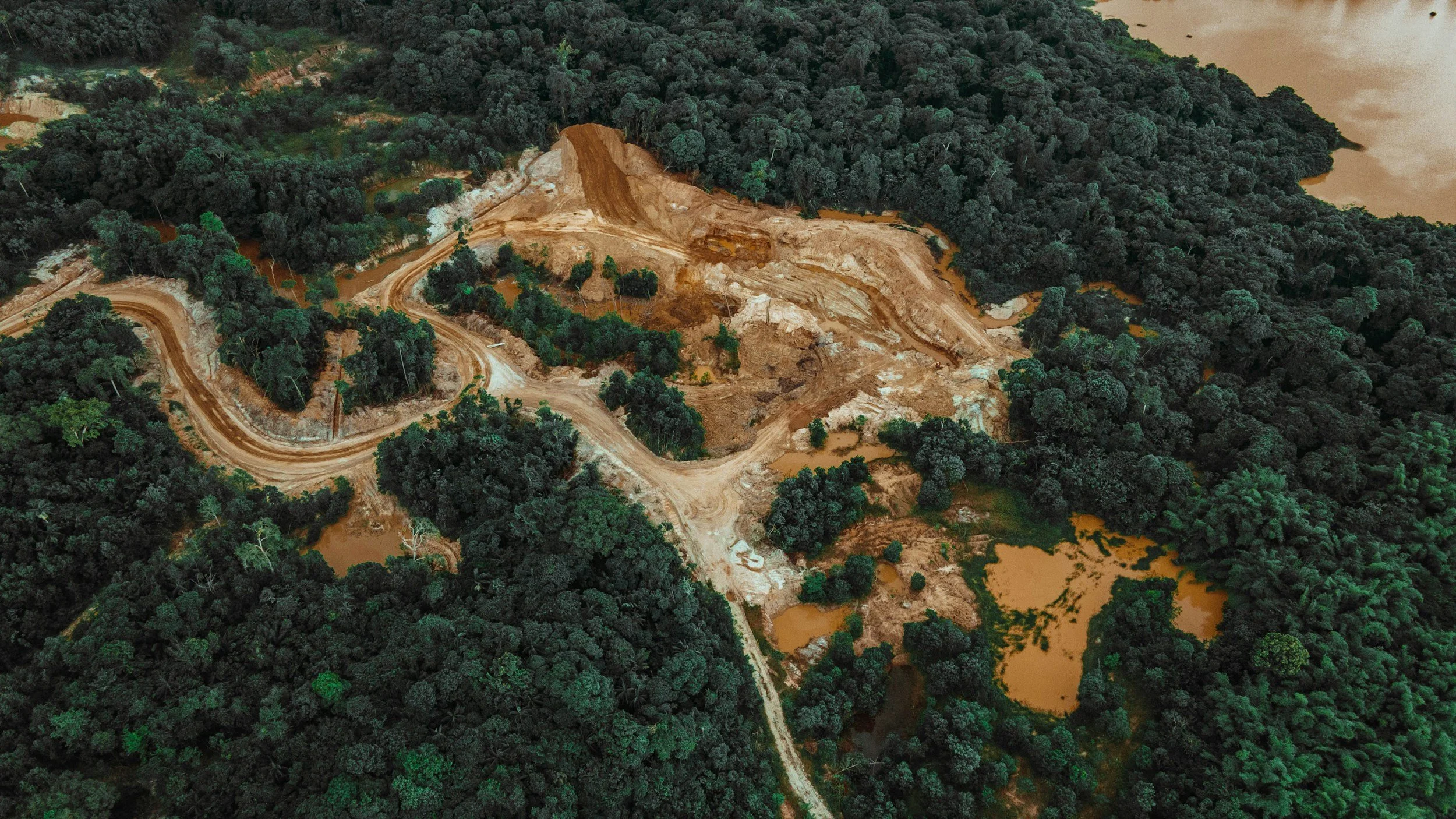AI Technology Boosts Conservation of Threatened Woodland Birds in Australia

Image Credit: Tim Mossholder | Splash
Researchers at Charles Sturt University’s Gulbali Institute in Wagga Wagga, New South Wales, have developed an artificial intelligence system to identify bird calls, boosting efforts to monitor and protect Australia’s threatened woodland bird populations. The technology, designed to automate and accelerate species tracking, is streamlining conservation activities in vital habitats.
AI System Design and Operation
The AI system, based on a customized BirdNET model, analyzes audio recordings from the Australian Acoustic Observatory (A2O) to detect and identify bird calls with high accuracy. Traditional manual analysis is labour-intensive and slow; the AI system processes large volumes of data rapidly, mapping species presence across extensive woodland areas. According to Charles Sturt University, this technology recently enabled the rediscovery of the critically endangered plains-wanderer in Victoria’s Volcanic Plains region near Melbourne—its first confirmed record there since 1989.
Conservation Impact
Australian woodland birds such as the regent honeyeater and superb fairy-wren are facing rapid declines due to habitat loss, climate change, and pressures from aggressive native species like the noisy miner. The AI tool provides real-time data on bird distribution and abundance, enabling land managers to identify priority areas for protection and respond quickly to changes following events such as bushfires. The detailed, timely information supports targeted conservation strategies and recovery efforts for at-risk species.
Advantages and Challenges
The adoption of AI significantly reduces fieldwork costs and increases the scale and speed of ecological monitoring, generating fine-grained maps of bird distributions. However, the technology’s effectiveness depends on access to diverse, high-quality audio data and substantial computational resources. Less vocal or cryptic species may be under-detected, a challenge researchers are addressing by combining AI analysis with traditional field surveys and expert review to validate and refine results.
Global Context and Local Focus
Australia’s initiative aligns with global trends in AI-driven conservation. For example, the A2O Search platform, developed by Google and Queensland University of Technology, is analyzing more than 17 million hours of wildlife audio data across the continent. By focusing on woodland birds—key contributors to pollination and pest control—the Charles Sturt University project addresses urgent biodiversity concerns unique to Australia. The Gulbali Institute is also exploring related AI applications in agricultural and environmental management.
Future Prospects
Building on its success with woodland birds, the AI system could be adapted for monitoring other species, such as koalas or invasive cane toads, and is compatible with open-source models to facilitate wider scientific collaboration. Citizen science initiatives, including BirdLife Australia’s Aussie Bird Count and contributions to platforms like eBird, are expected to enhance data quality and coverage, helping researchers refine AI models and engage local communities in conservation.
Environmental and Community Significance
By providing reliable, up-to-date data, the AI tool supports efforts to safeguard Australia’s biodiversity, an essential part of the nation’s ecological and cultural heritage. Integration with on-the-ground surveys and community science programs ensures a comprehensive approach, combining technological innovation with public involvement to secure the future of Australia’s woodland birds.
We are your source for AI news and insights. Join us as we explore the future of AI and its impact on humanity, offering thoughtful analysis and fostering community dialogue.

































